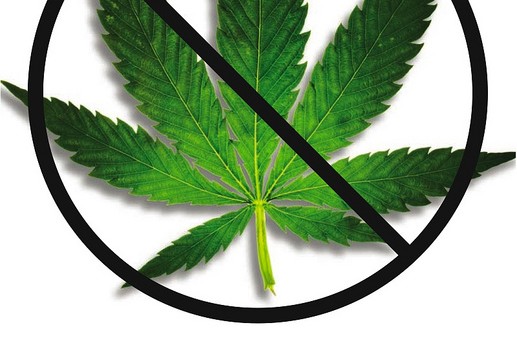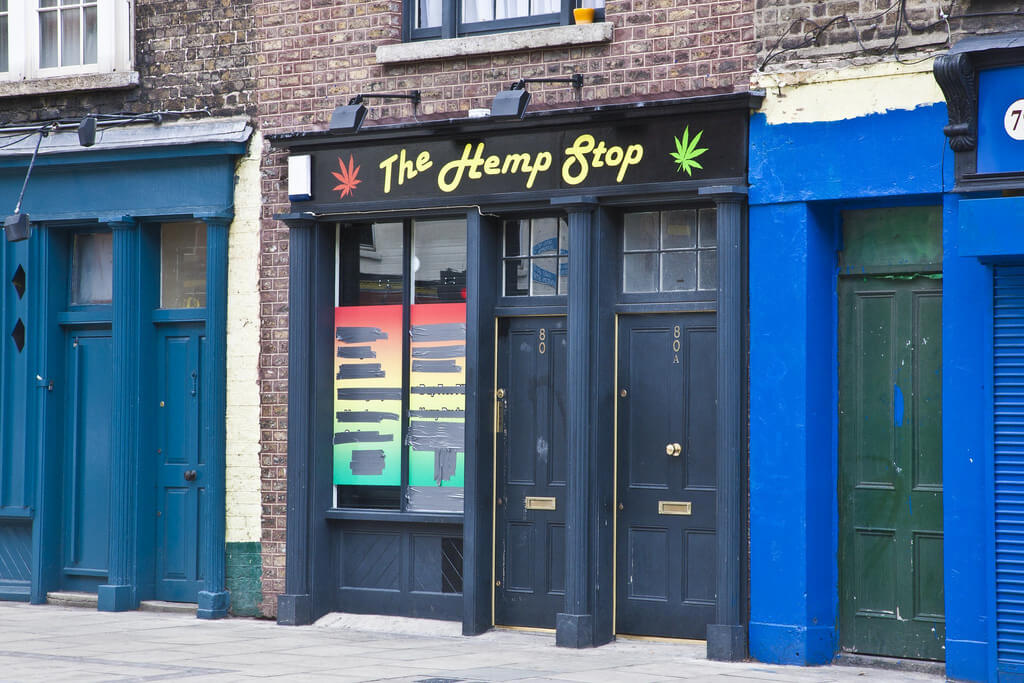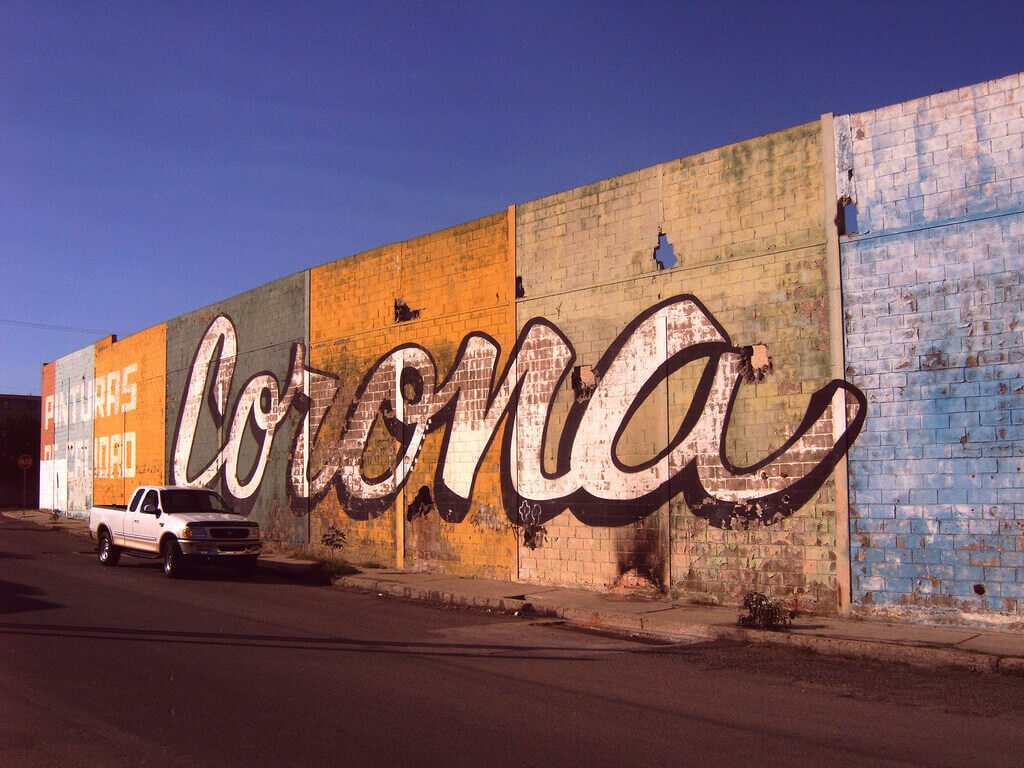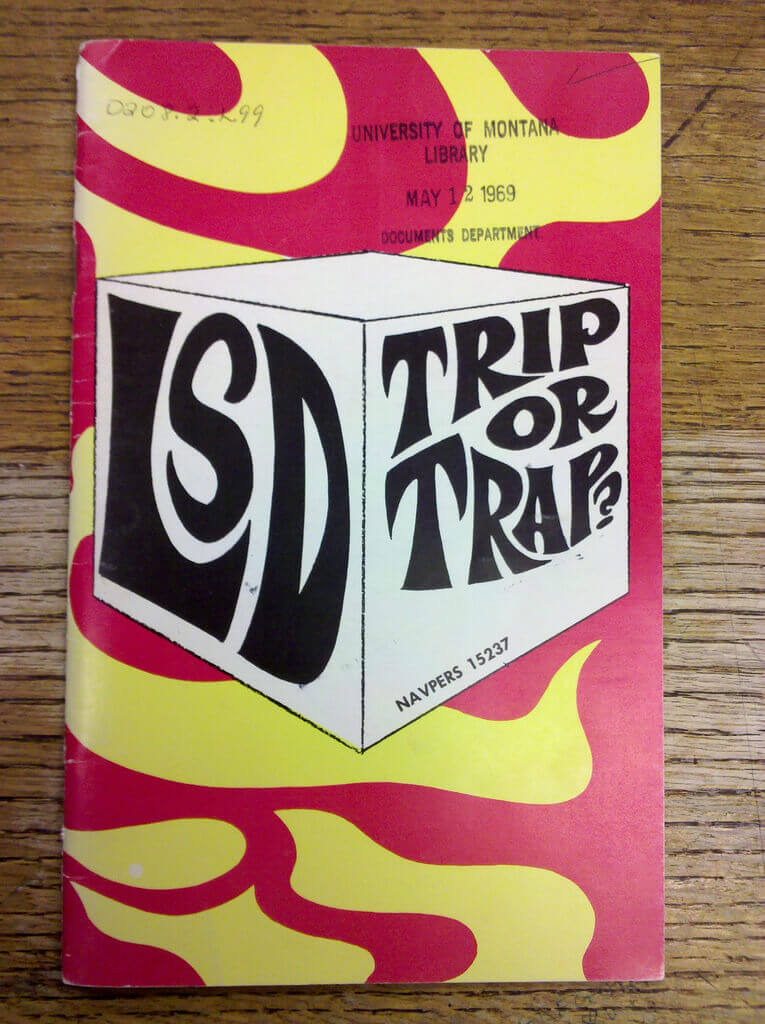 Results from the NSDUH: National Findings, SAMHSA, OAS that introduction to drugs for teenagers usually starts with marijuana.
Results from the NSDUH: National Findings, SAMHSA, OAS that introduction to drugs for teenagers usually starts with marijuana.
The report finds:
- In 2007, an estimated 2.7 million persons aged 12 or older used an illicit drug for the first time within the past 12 months; this averages to more than 7,000 initiates per day. This estimate was not significantly different from the number in 2006 (2.8 million). Three fifths of initiates (60.1 percent) were younger than age 18 when they first used, and 54.1 percent of new users were female. The average age at initiation among persons aged 12 to 49 was 18.0 years.
- In 2007, of the 2.7 million persons aged 12 or older who used illicit drugs for the first time within the past 12 months, a majority reported that their first drug was marijuana (56.2 percent). Nearly one third initiated with psychotherapeutics (30.6 percent, including 19.0 percent with pain relievers, 6.5 percent with tranquilizers, 4.1 percent with stimulants, and 1.1 percent with sedatives). A sizable proportion reported inhalants (10.7 percent) as their first drug, and a small proportion used hallucinogens as their first illicit drug (2.0 percent). The percentage of past year illicit drug initiates whose first drug was tranquilizers increased from 2.4 percent in 2002 to 6.5 percent in 2007, while the percentage whose first drug was Ecstasy decreased from 1.9 percent in 2002 to 0.6 percent in 2007.
Comparison by drug:
- The specific drug categories with the largest number of recent initiates among persons aged 12 or older were non-medical use of pain relievers (2.1 million) and marijuana use (2.1 million), followed by non-medical use of tranquilizers (1.2 million), cocaine (0.9 million), Ecstasy (0.8 million), inhalants (0.8 million), and stimulants (0.6 million).
- Among persons aged 12 to 49, the average age at first use of inhalants in 2007 was 17.1 years; it was 17.6 years for marijuana, 20.2 years for cocaine, 20.2 years for Ecstasy, 21.2 years for pain relievers, and 24.5 years for tranquilizers.
Many experts agree that for parents and teachers who deal with teenagers on a daily basis, knowledge is the power in identifying a child that has a problem with alcohol and drug use. These studies help to show trends and empower people who are thinking about enrolling a teenager into a teen drug rehab or long term drug rehab program. There are lots of ways to seek help for drug rehabilitation.




